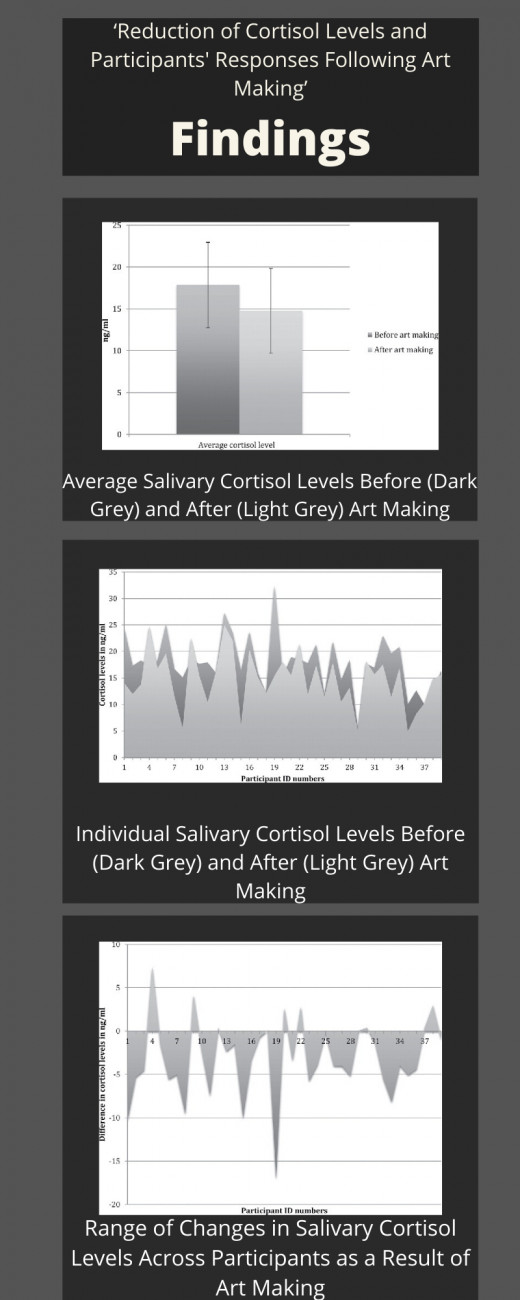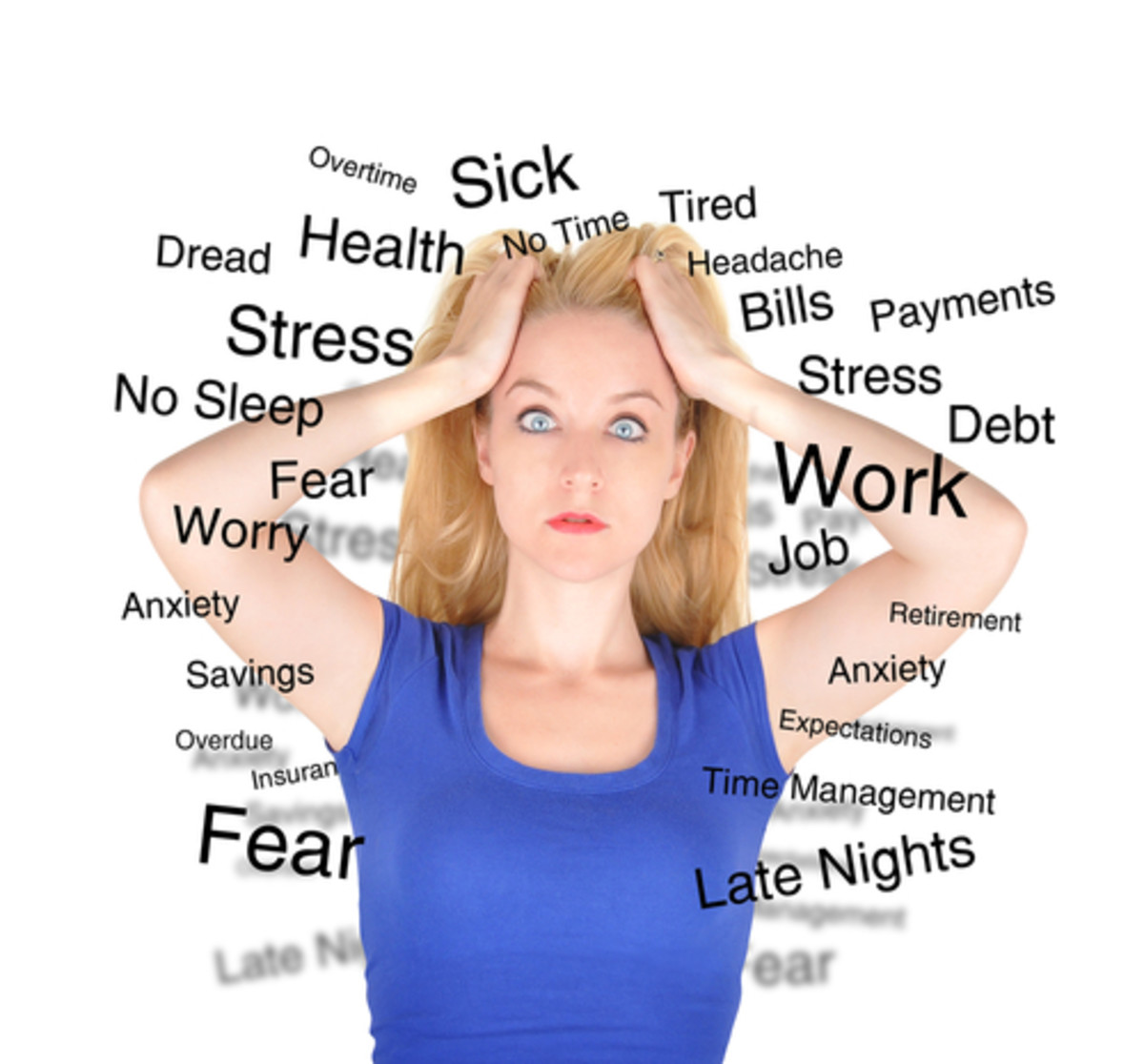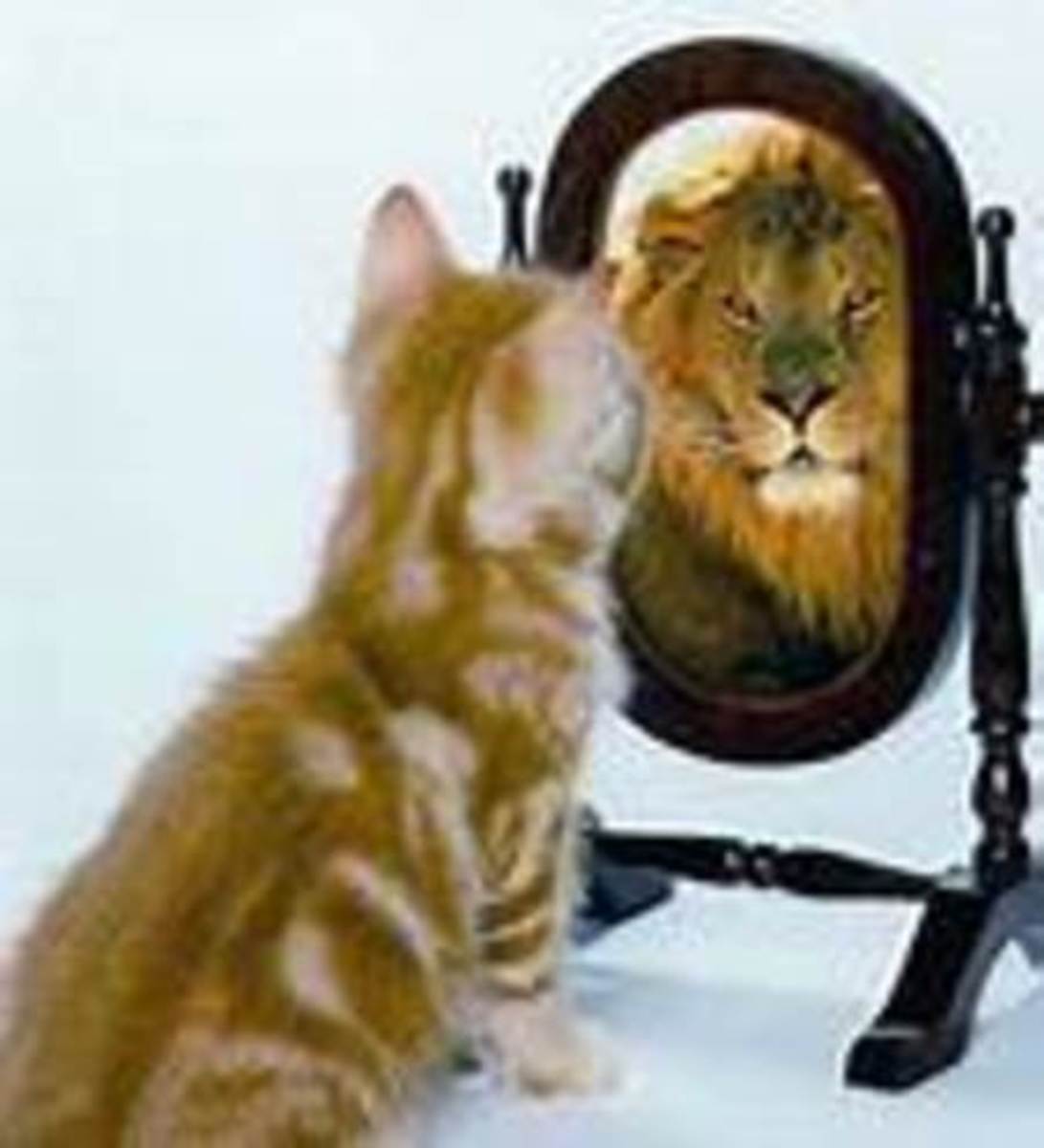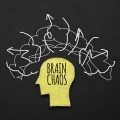Doodling and Stress Management

Fast-paced life has become the norm of today’s world. In the long run, this lifestyle leaves you tired and stressed. After the long hours of work, its but common and natural to seek relaxation in binge-watching TV or endless hours through social media. Though it's very important to wind down with some casual activity where you do not need to exert your brain but too much of anything is not good for your mental and overall health. This is when you might find solace and peace in doodling.
Doodle is a powerful visual art form that helps you relax and rejuvenate your mind without much hassle. You do not have to own a bunch of art supplies to start your first doodle. A piece of paper and pen/ pencil is all you need to get started. You can use colors, markers or even paint colors to make your doodle more fun and creative but they are optional choices. Doodles are mainly constituted with random and mostly mindless drawn lines, shapes, and figures. This mindlessness and randomness are what make doodles more effective and almost therapeutic.
Time and again, researches have shown that art is a powerful tool to deal with stress and other related issues. Mostly these studies focused on people dealing with mental disorders such as anxiety, depression, stress disorders, and any emotional crisis who have found solace in various forms of art. These studies predominantly concluded that art therapy is beneficial for people struggling with mental disorders, illness or other long- term diseases like cancer. However, there is one study conducted on healthy people to investigate the impact of visual art on cortisol levels.
What is a Cortisol?
Cortisol is a steroid hormone secreted by the adrenal gland. Cortisol is released as a response to the chemical called adrenocorticotropic hormone (ACTH), which is released when you are in a threat situation.
Whenever your body comes across a threat situation like a dog barking at you, the last date of bill payment or work deadline, ACTH is released to your brain. This further triggers the secretion of adrenalin and cortisol by the adrenal gland as a fight-or-flight response. In these situations, you will experience stress, panic, a rapid heart rate, stomach upset or dry mouth.
Your body has a natural mechanism to deal with or protect you in a perceived threat situation. This increase in cortisol levels consequently converts into strength and a new burst of energy. It also outdoes the functions that are perceived as unnecessary or detrimental to the threat situation. The release of cortisol suppresses your growth processes, reproductive system, and digestive system. Moreover, cortisol release changes the way your immune system responds in other normal situations.
Cortisol plays a vital role in many crucial systems in your body, such as:
-
Immunity system
-
Circulatory system
-
Stress response
-
Nervous system
-
Skeletal system
Thus, too high or low levels of cortisol levels for a longer period of time is harmful to your physical and mental health.
According to a report, 33% of Americans suffer from extreme stress while 73% to 77% of people suffer from stress that either affects their mental or physical health.
About the Study: ‘Reduction of Cortisol Levels and Participants' Responses Following Art Making’
One particular study conducted in 2016 ‘Reduction of Cortisol Levels and Participants' Responses Following Art Making’, shows focus on the impact of visual art-making on cortisol levels. The results clearly show the reduction of cortisol levels in the participants. At the end of the study, the participants found the process relaxing and helpful for self- realization as well as provided them with a sense of freedom. Furthermore, the participants expressed their desire to continue with the art-making sessions/ routine in the future.
For the study, saliva samples of 39 participants were collected before and after the 45 minutes of art-making sessions. Along with that, the participants were asked to write a response in one or two lines on their experience of art-making at the end of each session.
One of the most crucial aspects of the study was the choice of media used to create visual arts. There was no definitive media used for the arts i.e., the participants were free to choose the art supply they liked. Some participants used modeling clay, picture collage, markers or all of these materials together. The study did not focus on the outcome of the visual art, so the participants could freely draw or make anything without worrying about the final presentation or look of the artwork.
The responses of the participants reflect that it was a learning experience for them. They learned some new aspects about themselves and they were able to see things from a new perspective.
The results show that there was a significant reduction in cortisol levels for approximately 75% of the sample. However, the cortisol levels remained unchanged or further elevated for almost 25%. Another interesting finding by the study was that participants with higher cortisol levels at the start of their session had a maximum reduced level of cortisol at the end of the session.
The age, gender, experience with visual art-making of the participants or media choice had no significant difference in the outcome of the study. Thus, it can be concluded that any person can seek the help of doodling to relieve themselves of stress.
Findings of the Study

How Doodling helps reduce Stress?
Stress has become a part and parcel of modern life. In such circumstances, finding ways to deal with stress without hampering your daily schedules is crucial.
As doodling is a very powerful visual art form, it can help you reduce your stress levels effectively without taking much of your time, energy or focus.
There are various theories that suggest how doodling can help stress levels. One such theory suggests that the rhythmic and repetitive motion of doodling activates the relaxation response, which helps to counter the body’s fight-or-flight intuition.
Doodling and Me:
For me, doodling acts as a retreat where I can unwind my mind and body. The repetitive lines and shapes create a stimulating pattern that offers some me-time. it helps me connect with me. This might sound strange but it is true.
Sometimes, doodling helps me ponder up on the day I have spent. It helps me think through the things I have done or not done. Maybe the way I reacted in a certain situation could have been avoided. In short, I think about anything that might have stressed me at that moment and fogged my thought process. As doodling helps me calm down, I find this moment very helpful to think about the stressful moments and find a way to deal with them in a better way.
Moreover, when I am finished with doodles it fills me with a sense of accomplishment and fuels my creative side of the brain. The feeling is rewarding and further makes me happy.
How to get started with Doodling?
As mentioned earlier, doodling is a powerful visual art that is easy to practice and embrace in your lives. It requires minimum resources to get started. Paper and pen/pencil are the minimum requirements.
The best part is that you don’t have to be artistic or art enthusiast to appreciate or embrace the benefits of doodling.
Try to create repetitive patterns with simple lines and shapes so that you do not have to be very attentive. Do it for five to ten minutes every day and you will feel the difference.
Some simple and easy doodle ideas:
- Circles/ bubbles
- Triangles
- Squares or rectangles
- Waves
- Swirls
- Flowers
- Leaves
- Random overlapping lines
- Dots
- Stars
- Coffee cup/mugs
- Pen/ pencil/paper
Conclusion
The cause and effect of stress vary from person to person depending on their resilience and vulnerability. Thus, the ways to deal with stress also vary from person to person. For some people listen to calming music has a soothing effect on them, while others finding cooking, therapeutic. Similarly, visual art or doodling might also have varying results for various individuals. As the study suggests, 45 minutes of art sessions are enough to make you relaxed and lower your cortisol levels.
Thus, being a doodling enthusiast, I would highly recommend giving doodling a shot.
It is very easy, takes a few minutes off your busy schedule and does not have any side effects. Moreover, when you finish a doodle you will have a fulfilling experience. This completion of a task fills you with a sense of achievement, which in turn is rewarding and relaxing.
As mentioned above, there are very simple techniques to help you relax and unwind your mind. This will de-stress you and prepare you to face a new day with new vigor and enthusiasm.
So, next time you are stressed out after a long day at work, don’t go searching for the TV remote or a glass of wine; pick up a pen and paper and get started. Enhance your experience by playing some background music of your choice.
Please, let me know if you find doodling helpful in your most stressed-out days.
Stay calm and keep doodling!
This content is accurate and true to the best of the author’s knowledge and is not meant to substitute for formal and individualized advice from a qualified professional.
© 2020 Arnaba Saha








